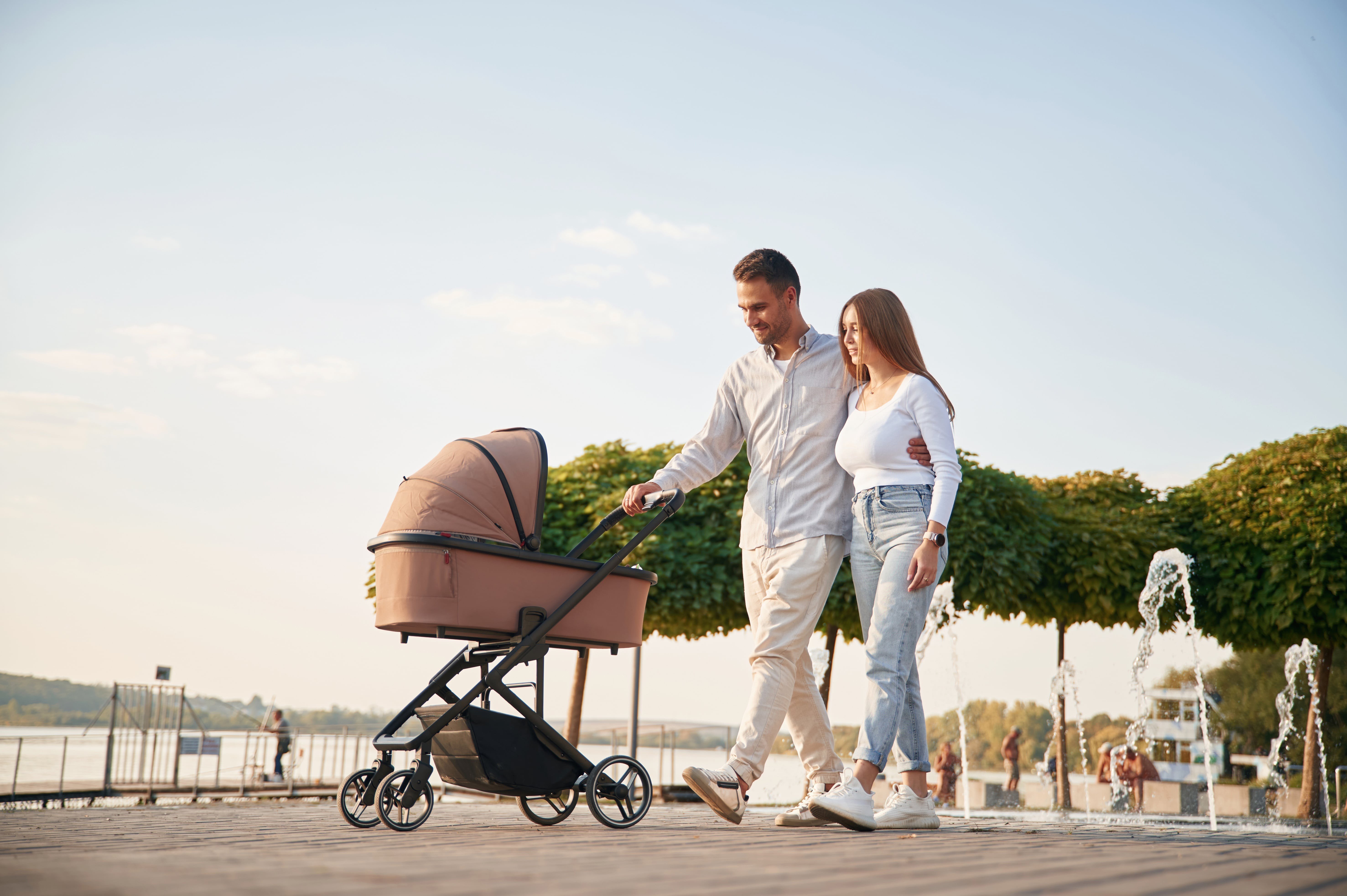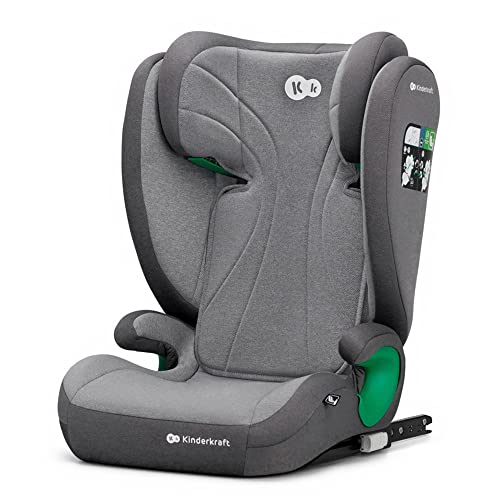Browsing the world of baby transport can be frustrating for brand-new moms and dads, especially when it pertains to choosing between prams and pushchairs. Each choice offers distinct advantages and constraints, suggesting that making an informed decision is important. This post intends to supply an extensive understanding of prams and pushchairs, their distinctions, functions to consider, and pointers for choosing the best one.
Prams and pushchairs are terms typically utilized interchangeably, however they describe different types of baby transport systems.
| Function | Pram | Pushchair |
|---|---|---|
| Design | Flat bassinet | Upright seat |
| Age Suitability | Newborn to around 6 months | 6 months to 4 years |
| Portability | Typically heavier, less foldable | Often light-weight and foldable |
| Comfort | Cozy for newborns, tight fit | Adjustable, can be reclined |
| Usage | Ideal for strolls and leisure | Versatile for everyday activities and travel |
Security Features

Weight and Portability
Size and Storage
Comfort
Weather condition Protection
Wheels and Maneuverability
Longevity
When considering prams and pushchairs, moms and dads often find different designs dealing with specific needs. Here are some well-known types:
These are excellent all-rounders, created for daily use with a durable frame and adequate storage space. They are typically adjustable and can manage numerous terrains.
These consist of a vehicle seat and a stroller that can be used together, making it simple to move the baby from the vehicle to the pram without waking them up.
These are light-weight and foldable, perfect for quick outings and travel. While practical, they often lack a few of the safety and convenience features found in heavier designs.
Designed for off-road adventures, these strollers have larger wheels and a more rugged frame, making them ideal for active families.
When choosing the best pram or pushchair, parents need to take the following actions:
Assess Lifestyle Needs: Consider how you will use the pram or pushchair (everyday strolls, travel, irregular surface) and select appropriately.
Test Drive: It's beneficial to physically check the designs at the store, looking for dealing with, comfort, and weight.
Research Brands: Look at evaluations and suggestions from other parents about specific brands or models.
Think About Future Needs: Think ahead to ensure the choice will work as the child grows. Convertible models provide flexibility.
Spending plan: Set a budget however also factor in quality and durability. In some cases investing more at first can save costs in the long run.
A lot of pushchairs can be utilized for babies from about 6 months old when they can properly support their heads and necks. Make certain to examine the producer's requirements.
Yes, prams are ideally fit for newborns due to their flat bassinet design, offering a comfy and safe environment.

Constantly refer to the maker's standards, but a lot of covers are detachable and can be washed. Wipe down the frame with a moist cloth and prevent utilizing extreme chemicals.
Various models vary in size; lightweight and foldable alternatives are generally more suitable for buses or trains. Nevertheless, constantly check for transport regulations in your area.
It normally depends upon the weight limit specified by the producer, often between 15-50 lbs, or until your child no longer wishes to be pressed.
Choosing in between a pram and a pushchair is a significant decision that deals with the way of life and needs of both the moms and dad and the kid. By understanding the distinctions in between the 2, assessing vital functions, and picking the best model, parents can ensure they have a safe, comfortable, and practical transportation option for their kids.
Arming oneself with knowledge offers parents not only assurance but also the self-confidence to make the best option for their kid's early experience into the world. Various lifestyles demand various services, so taking the time to research study and test what fits can ease a few of the tensions that include brand-new parenthood. Happy strolling!